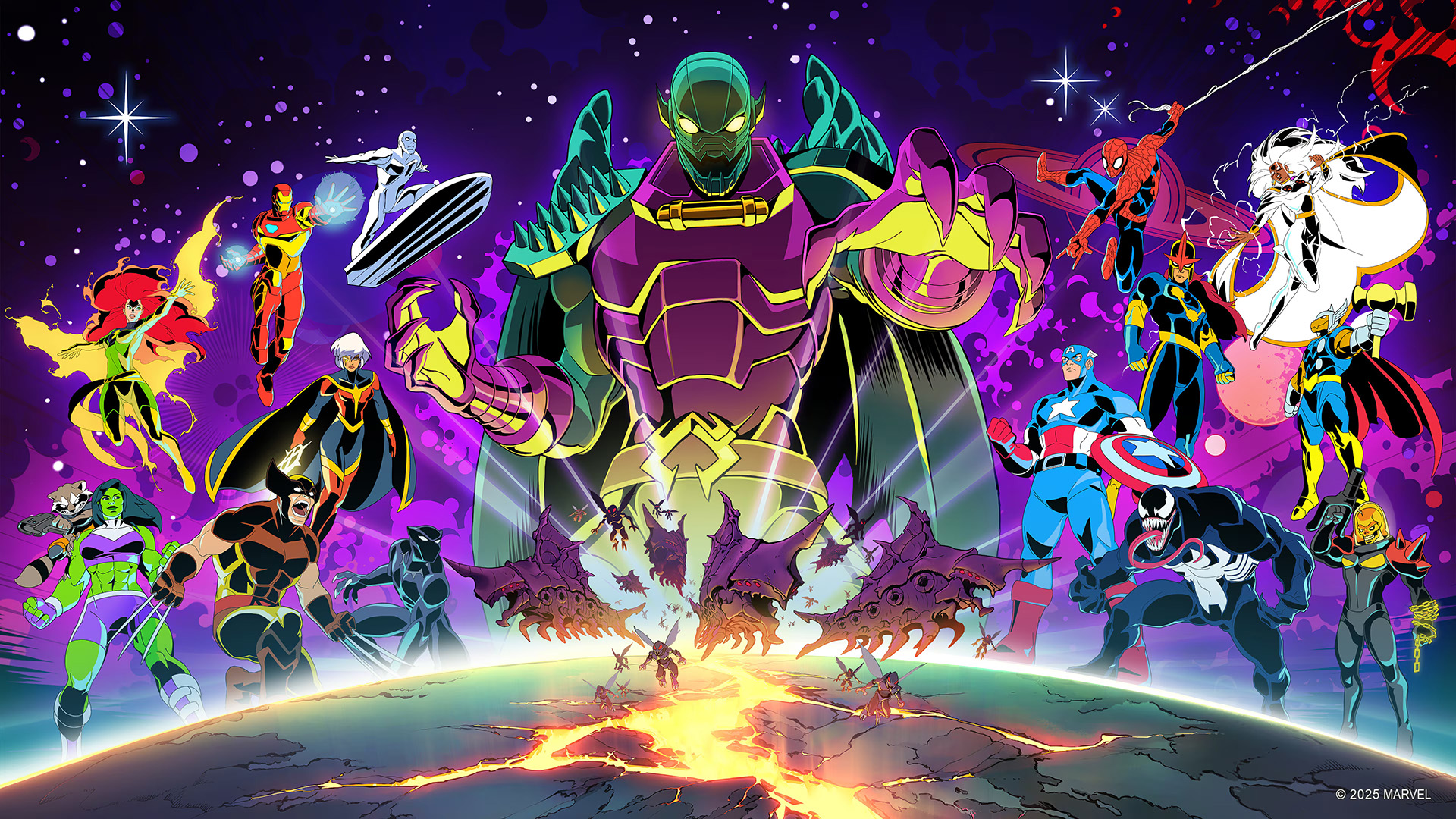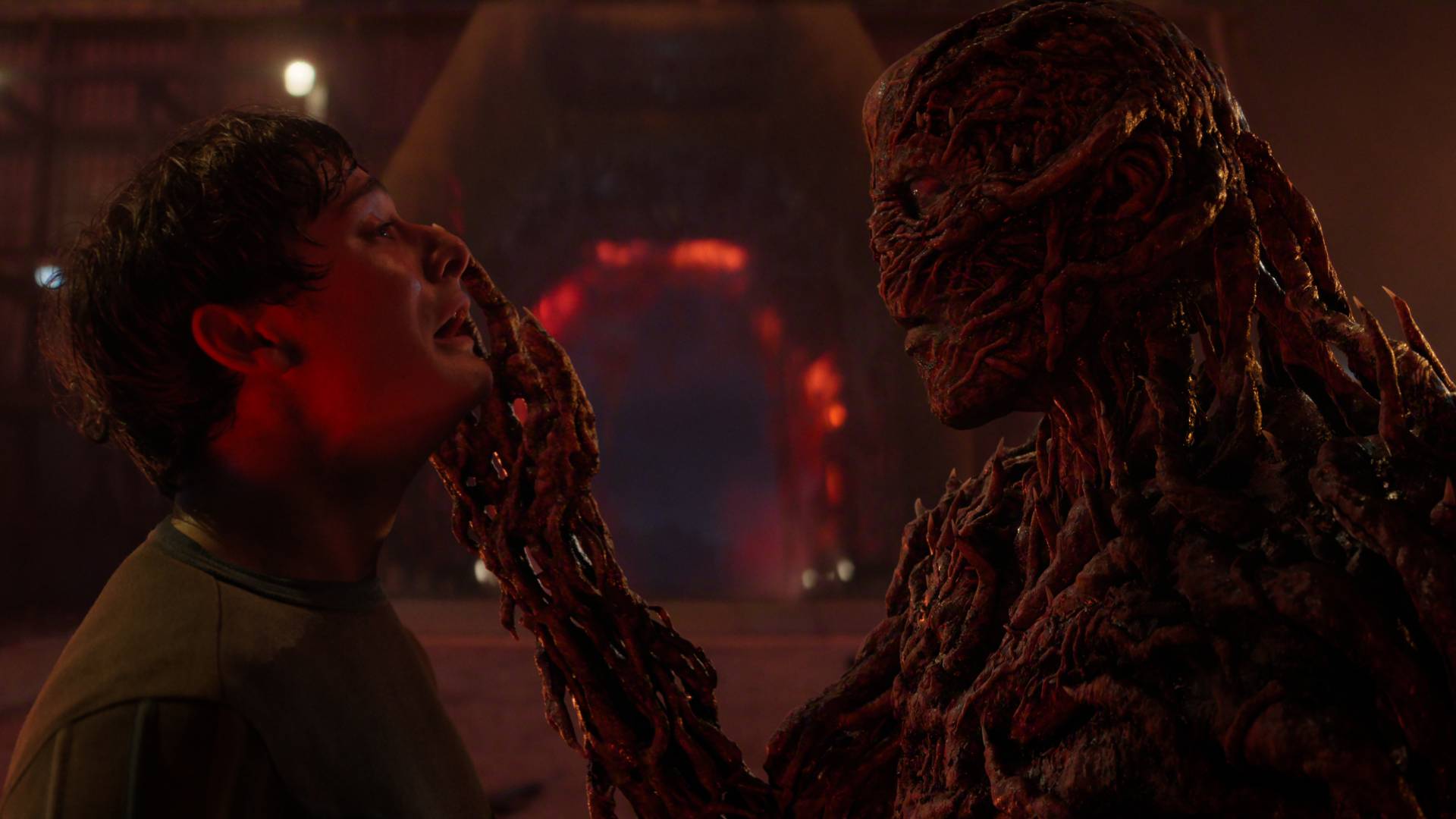Pokemon Legends Z-A and Arceus are true successors to the classic Pokemon games I first fell in love with
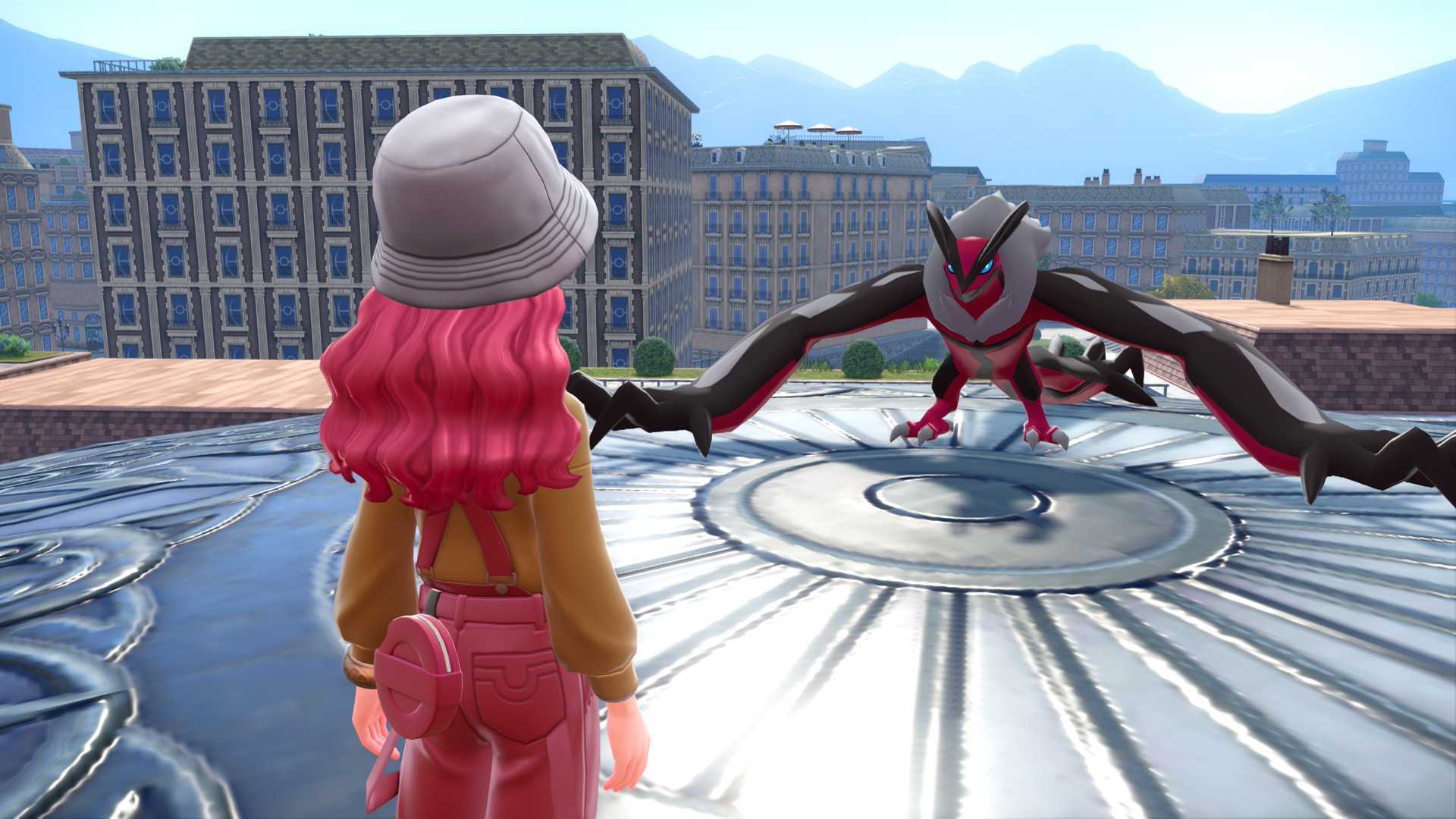
Though trapped within the 8 bit confines of the Game Boy, it's hard to understate the profound sense of curiosity in the original Pokémon Red & Blue games. They are games built around exploration performed for the joyous sake of itself, and discovery in them, whether it's a new monster, or a new battle strategy, or a new route or city to enter, is singularly magical.
It's a feeling that's tough to recreate, even as hardware improves and those 8 bit titles look downright archaic in an industry that is largely focused on recreating the appearance of "real life." Pokémon itself has often adjusted, not by making exploration necessarily more fun, but by adding more features to it. This can lead to a more complicated menu, but rarely a more fun experience.
The Legends series, though, with Pokemon Legends: Z-A and its predecessor, Arceus, seek to rectify that. And it's in these two titles that you find the closest spiritual kinship with the games that started it all.
Leaving town
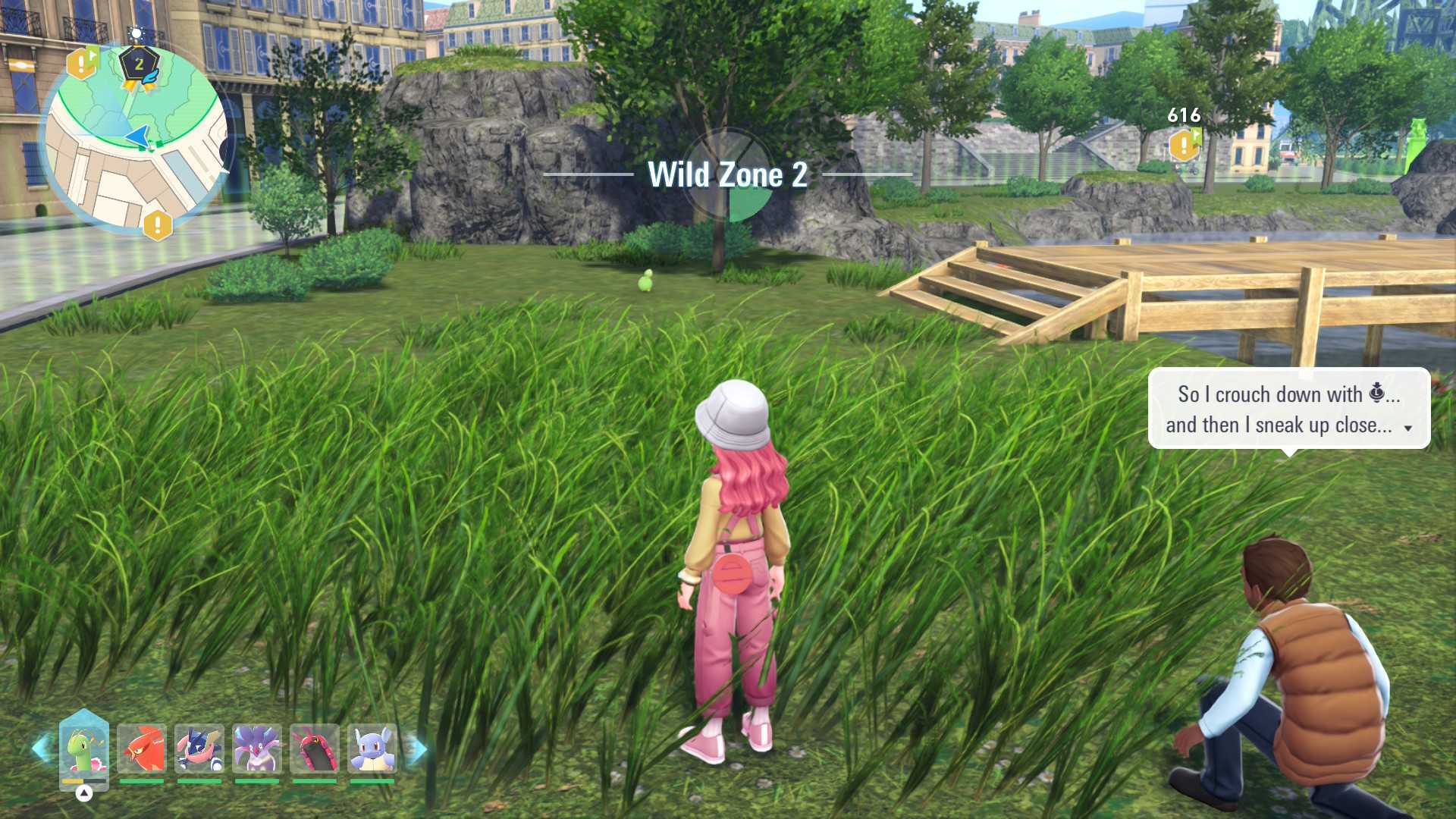
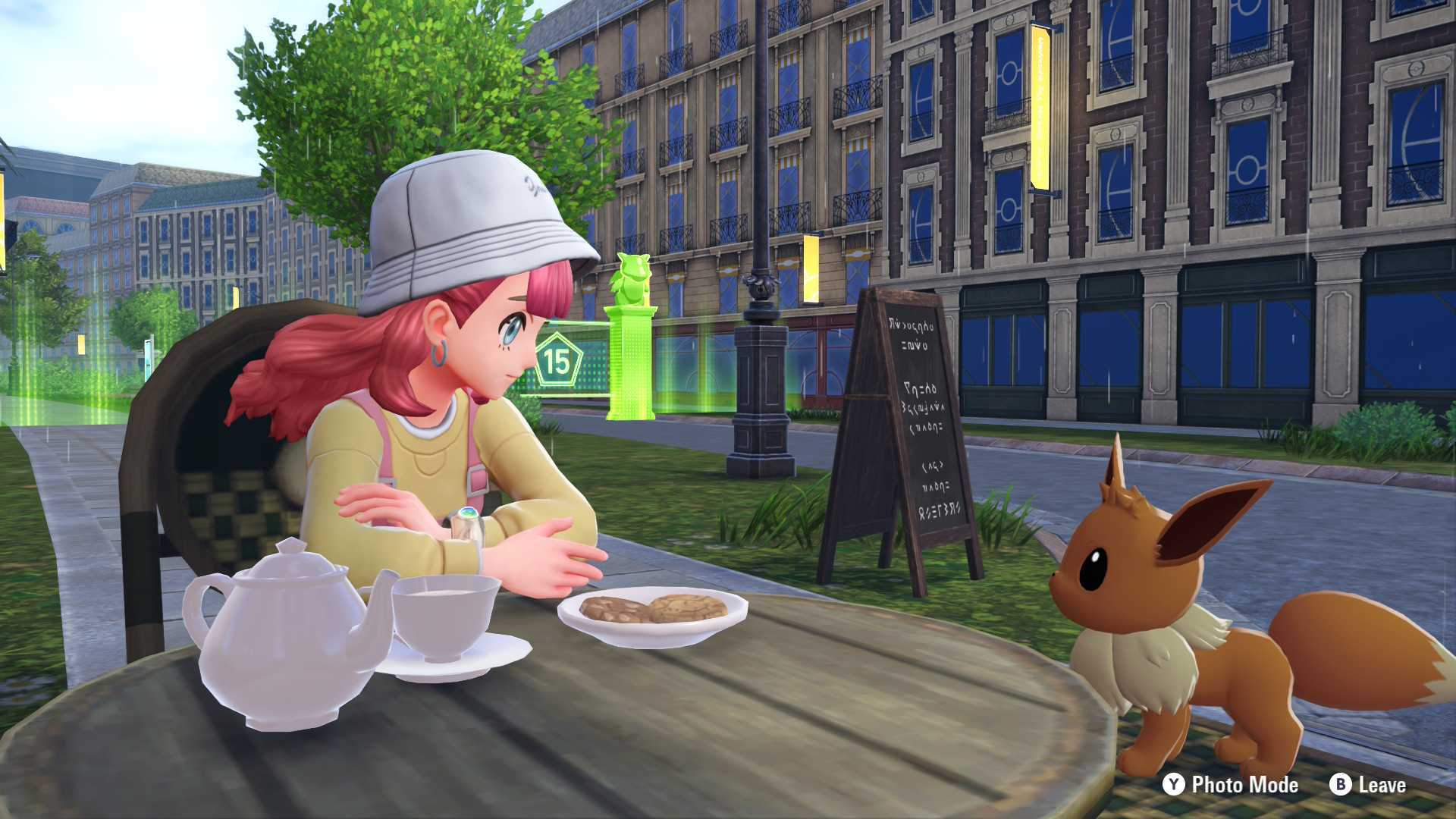
Pokemon Legends: Z-A review: "Fast fluid real-time fights and a world worth exploring make this finally feel like the anime come to life"
Arceus took place in the far past of the Sinnoh region (a location initially introduced in the Nintendo DS's Diamond & Pearl games), but Z-A's action occurs in the near future of Kalos, specifically in the metropolis of Lumiose City. If you enjoyed roller-skating around this urban area in X & Y, you'll adore being able to take an upgraded deep dive into its bustling goings-on.
On the surface, this seems like it couldn't make Arceus and Z-A more different. After all, the "Hisui" region that we find in Arceus isn't just rural – it's a wildland, and the many of the people you meet are terrified of the laser critters that exist outside the boundaries of their settlement. Meanwhile, Z-A's population adores Pokémon to the extent that they're content with a flurry of them existing within the city limits.
But they're also both relatively stripped down, especially in comparison to the enhanced journeys found in the "main series" of Pokémon and the latest installment Scarlet & Violet. Though there are certainly accomplishments to be made, they abscond from the traditional "catch 'em all" ethos or the gym leader formula, a rite of passage system that dictated just how you conquer the world of the game. Many of the decisions you make around Pokémon collecting and route-exploring are built on what gym you need to challenge next.
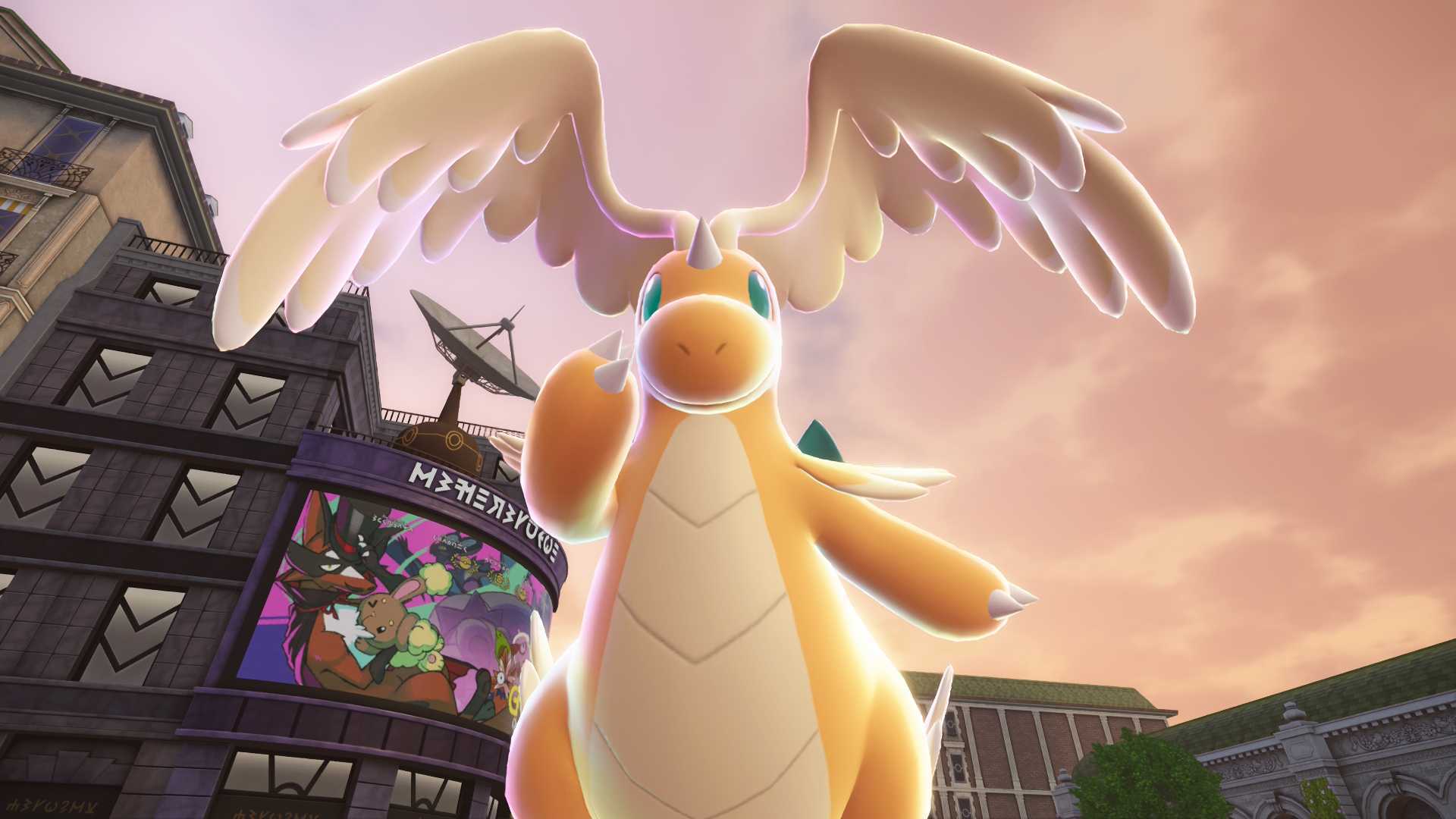
With Arceus (that has no major cities aside from your central settlement) and Z-A (which is set in one big city), the way you pack up and head out is a less restrictive endeavor. No amount of open world space can replace a game design that encourages you to draw on the map yourself. And so the wonder that many long-time players felt has evaporated from the franchise slowly seeps back in. In Arceus, it came in the form of many habitats, ones that often contained little sections that made you stop and either re-formulate your approach to the monsters there or creep around studiously.
Weekly digests, tales from the communities you love, and more
In Z-A, with its array of streets, back alleys, and rooftops, you're urged to uncover little details and pick through what Lumiose City has to offer. If Arceus was like wandering through a forest as a kid, Z-A is like being introduced to a particularly well-funded park, the kind where you play on a piece of equipment, only to realize that, a little ways away, there's an even cooler thing to climb and slide on. From the very beginning, Pokémon has been inherently nostalgic, but the phrase "It makes me feel like a kid again" has always been too broad a descriptor. Instead, in the original games and in the new Legends series, it captures the specific way, as children, we investigate new places. That special "Oooh, what's over there!?" sensation.
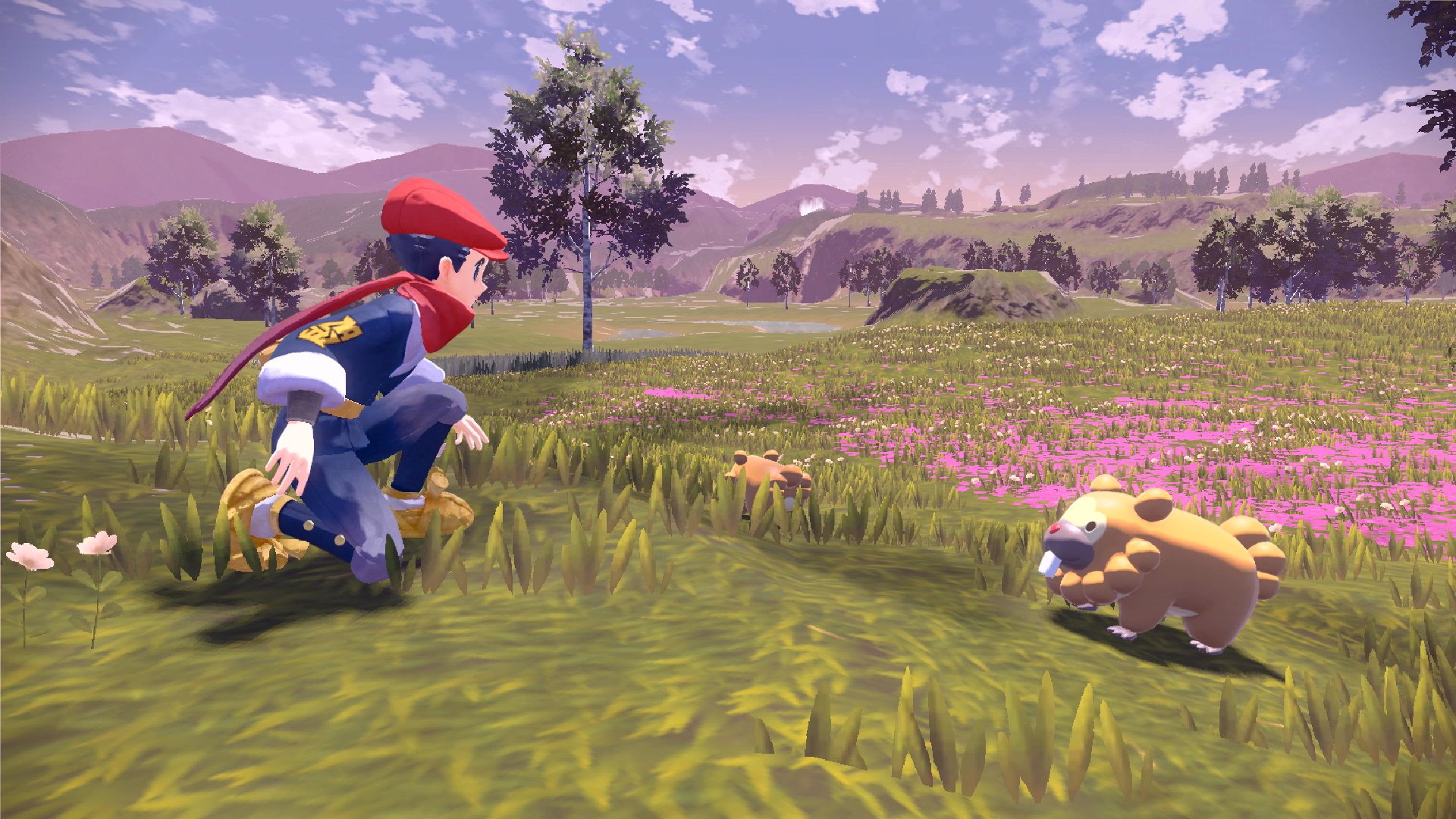
Neither Legends game is perfect. Certain parts of Arceus are undercooked, and no amount of sightly vistas can replace the fact that sometimes, you're just running for too long a time in a place with nothing really interesting going on. Meanwhile, Z-A's greatest sin is when it gets too indebted to its narrative, leaving you with certain stretches that are akin to leaving that childhood park and being forced into a car seat by your parents. Just let me go play in the street, mom!
Neither aspect ruins the games completely, but they both seem at odds with the original games - games that had to be extremely careful about the amount of land featured for risk of overloading a Game Boy game's limited capacity, and games that, in retrospect, had very few narrative guardrails for you to follow. After Professor Oak kicks you out of his lab in Pallet Town, you're on your own, kid.
At their best, though, Pokémon Legends: Arceus and Z-A are tributes to the idea that there are few greater joys than leaving home and entering a land of the unknown. They reveal that Pokémon isn't just a series of steadily advancing titles with an incrementally increasing roster of monsters, but games that are capable of transformation and of latching onto certain aspects and running with them. Depending on your connection to them, they're either a blast of fresh air or franchise side quests. But for those that have been seeking out adventure in the Pokémon world since Red & Blue, they might just be the things that keep the spark alive.
How many of the best Pokemon games have you played?
Daniel Dockery is a writer for places like Crunchyroll, Polygon, Vulture, WIRED and Paste Magazine. His debut book, Monster Kids: How Pokemon Taught A Generation To Catch Them All, is available wherever books are sold.
You must confirm your public display name before commenting
Please logout and then login again, you will then be prompted to enter your display name.

